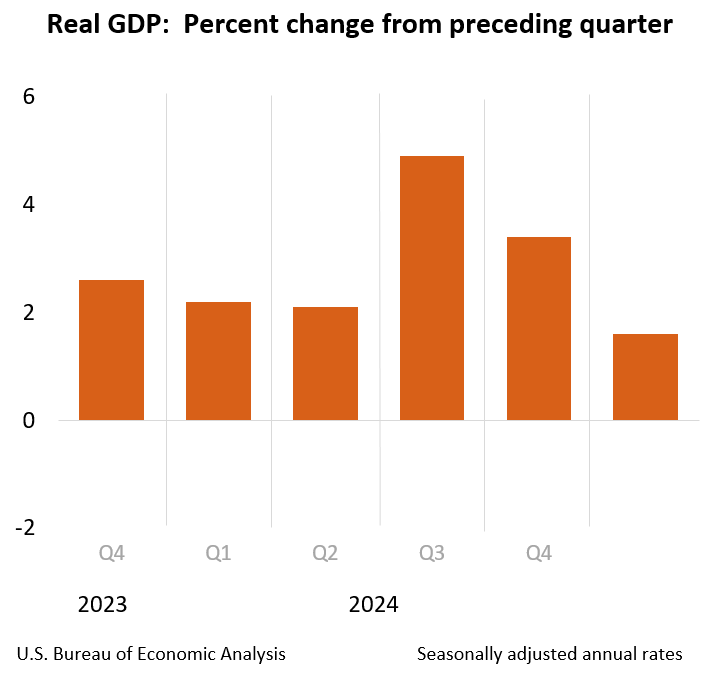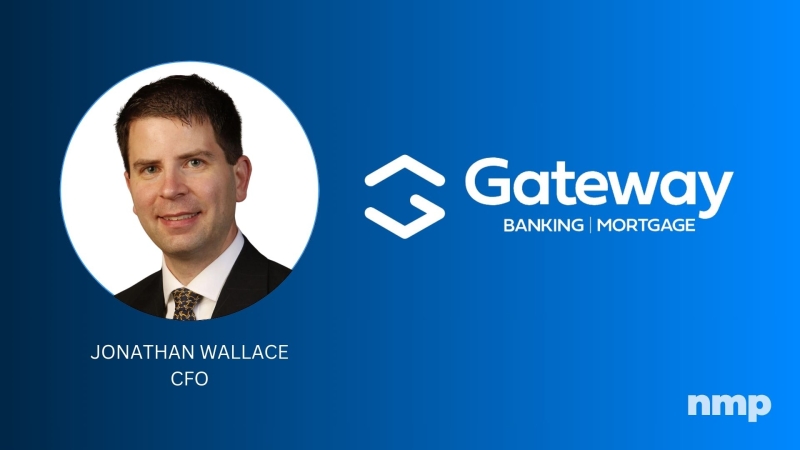Advertisement
Trend Spotter: Converting rate shoppers with unique knowledge

On the one hand, it’s kind of nice that most of your competitors have left the business. On the other hand, why is rate shopping so intense and cut-throat in today’s marketplace? The answer is that although less people are selling mortgages, the salespeople who have survived are all selling the same product! After all, there are only so many ways to uniquely package a Federal Housing Administration (FHA) or conventional 30-year mortgage. So, how do you stand out from the crowd and motivate people to do business with you in this cut-throat environment of commoditized mortgages?
One powerful way to convert and motivate rate shoppers is by adding value to them through relevant and unique knowledge that your competition is overlooking. Let’s face it. Most, if not all, of your competitors are milking that first-time homebuyer tax credit for all it’s worth. Most, if not all of your competitors are doing FHA presentations for their local Realtor offices. But let me ask you this: How many of your competitors are talking to clients, prospects, real estate agents, and financial advisor referral partners about creative downpayment ideas involving interfamily gifts and loans? What about gifts of equity involving properties that would take too long to sell at a reasonable price in today’s real estate market? What about creative ideas on how to solve or reduce negative equity problems? What about creative ideas on how to cope with a job loss and/or avoid foreclosure?
Knowing how to properly structure interfamily gifts and loans is a huge way to differentiate yourself from the competition, convert and motivate rate shoppers, and gain exclusive access to referrals of your clients’ wealthier friends and relatives.
Gifts and loans can be used for many purposes including:
► Helping loved ones catch up on mortgage payments or avoid being late
► Helping to provide funds for a downpayment on a new home
► Helping to subsidize income temporarily due to loss of job
► Helping to reduce a negative equity situation in order to allow for refinancing or selling a home
Structuring interfamily gifts
When dealing with gifts, it is important to understand two important rules pertaining to the gift tax:
► The person(s) receiving the gift is never subject to paying tax on the gift; and
► The person(s) giving the gift may not need to pay gift taxes if the gift falls under one of two possible gift tax exclusions.
The first exclusion is that each individual has a $13,000 annual gift tax exclusion that replenishes every year. The second exclusion is that each individual also has a $1 million lifetime exclusion that can only be used once, and that does not replenish. In other words, this is kind of like two checkbooks from which you can give gifts. The first checkbook allows you to gift up to $13,000 per person, per year; and the second checkbook allows you to gift up to $1 million in total throughout your lifetime above and beyond the $13,000 per year. Consider an example involving parents who want to gift $60,000 to their daughter and son-in-law in order to help them purchase a home. In this case:
► Mom could gift $13,000 to the daughter
► Dad could gift $13,000 to the daughter
► Mom could gift $13,000 to the son-in-law
► Dad could gift $13,000 to the son-in-law
In this example, a total of $52,000 was gifted tax-free using the $13,000 annual gift tax exclusion. But remember, the gift in this example was $60,000. Does this mean that the parents have to pay gift taxes on the remaining $8,000? Probably not, as long as they haven’t used up their $1 million lifetime exclusion. In other words, mom and dad used the first checkbook called, “The $13,000 Annual Exclusion,” but they did not yet use their second checkbook called, “The $1 Million Lifetime Exclusion.”
So, mom can deduct the $8,000 from her lifetime exclusion and be left with a $992,000 exclusion that she could still use in the future. Dad could deduct the $8,000 from his lifetime exclusion and be left with a $992,000 exclusion that he could use in the future. Or, mom and dad could otherwise split the $8,000 and each deduct a portion of it from their respective lifetime exclusions.
The bottom line is that no gift tax would need to be paid, even though the parents exceeded their $13,000 annual exclusions! Most of your competitors don’t have any clue about this. Heck, even you may not have known about this until just now. This is exactly the type of unique knowledge, insight and value that would cause a rate shopper to think twice about nickel and diming you about an 1/8th of a point in interest rate. This is exactly the type of unique knowledge, insight and value that would cause real estate agents to want to do more business with you versus your competition.
Structuring interfamily loans
Knowledge on how to structure interfamily loans is another area that could be very useful in converting rate shoppers, closing more deals, and gaining more qualified leads and referrals. Consider a case involving Jane who is getting a $50,000 personal loan from her brother, Bill. Jane plans to use the funds in order to pay down her mortgage balance, eliminate her negative equity problem and qualify to refinance the remaining mortgage balance into a lower interest rate.
In this case, Jane would need to make payments to Bill in order to repay the personal loan over time at a certain interest rate. Jane and Bill could negotiate the interest rate and repayment terms as they like, as long as Jane pays the minimum “federal rate.” The federal rate is updated periodically by the IRS and is currently in the neighborhood of 4.3 percent for long-term loans. In other words, the $50,000 would be classified as a gift and Bill may need to pay gift taxes on all or part of the $50,000 unless Jane agrees to pay him at least 4.3 percent annual interest on the loan.
Additionally, when Jane applies with the mortgage company to refinance her mortgage, she will need to notify them of the $50,000 personal loan so they can account for the payments on the personal loan when calculating her debt ratios and qualifying her for the mortgage.
As far as Bill is concerned, he is also benefiting from this transaction because it gives him the opportunity to earn a rate of return on his money, while simultaneously, helping someone that is important to him in his life. In fact, you could even use this opportunity to talk to Bill about his own mortgage, housing and real estate situation. Perhaps he would be a great candidate for purchasing or refinancing a primary home, vacation home or investment property. The bottom line here is that you are the hero to both of these clients by being the one to suggest and implement some creative solutions that your competition is overlooking.
Yes, you need to be up to speed on the latest FHA guidelines and mortgagee letters. Yes, you need to make a habit of visiting eFannieMae.com and reading up on the latest changes to conventional underwriting guidelines. Yes, you need to make sure your loan process is fully compliant with the new Real Estate Settlement Procedures Act (RESPA) rules and the Fed’s amendments to Regulation Z. This is the price you need to pay in order to survive in this ever-changing, ever-crazy mortgage industry. But if you really want to crush your competition and take your business to heights never before seen, you need to be able to have intelligent conversations with clients about these and other financial and life issues that have nothing to do with lending guidelines. That’s where the unique knowledge you will gain from certification training really equips you to stand out from the competition, convert and motivate rate shoppers, and skyrocket your referral business.
Gibran Nicholas is the founder and chairman of the CMPS Institute, which administers the Certified Mortgage Planning Specialist (CMPS) designation. The CMPS Institute has enrolled more than 5,500 members since its founding in 2005. Gibran is also the chairman of Published Daily, a customizable online magazine, newsletter and marketing service that helps professionals transform their clients and prospects into a referral-generating sales force. He may be reached at (888) 608-9800, ext. 101.
Visit author Gibran Nicholas’s blog at GibranNicholas.com where he shares his insights on economics, real estate and financial issues, including the current mortgage and credit crises.
About the author





